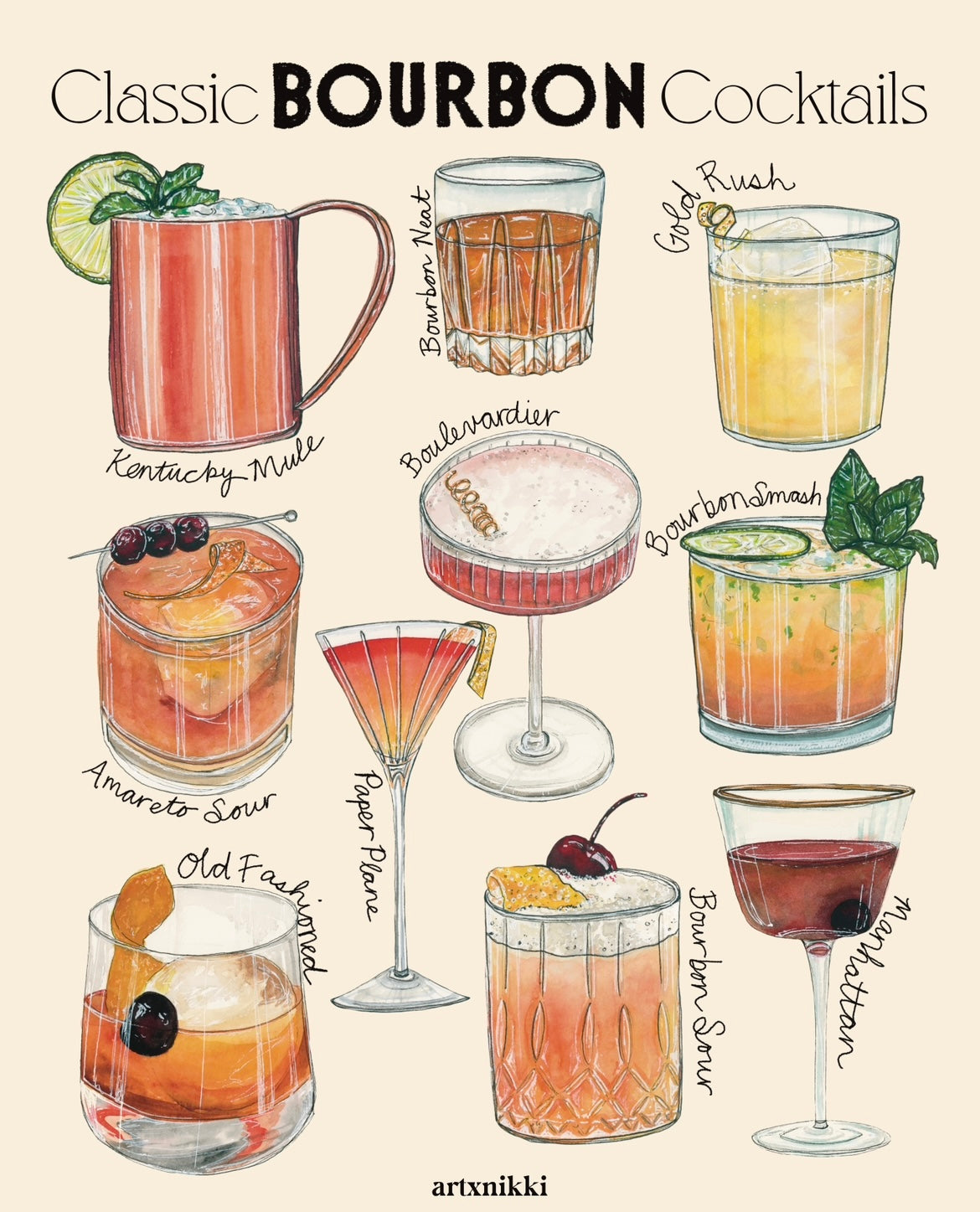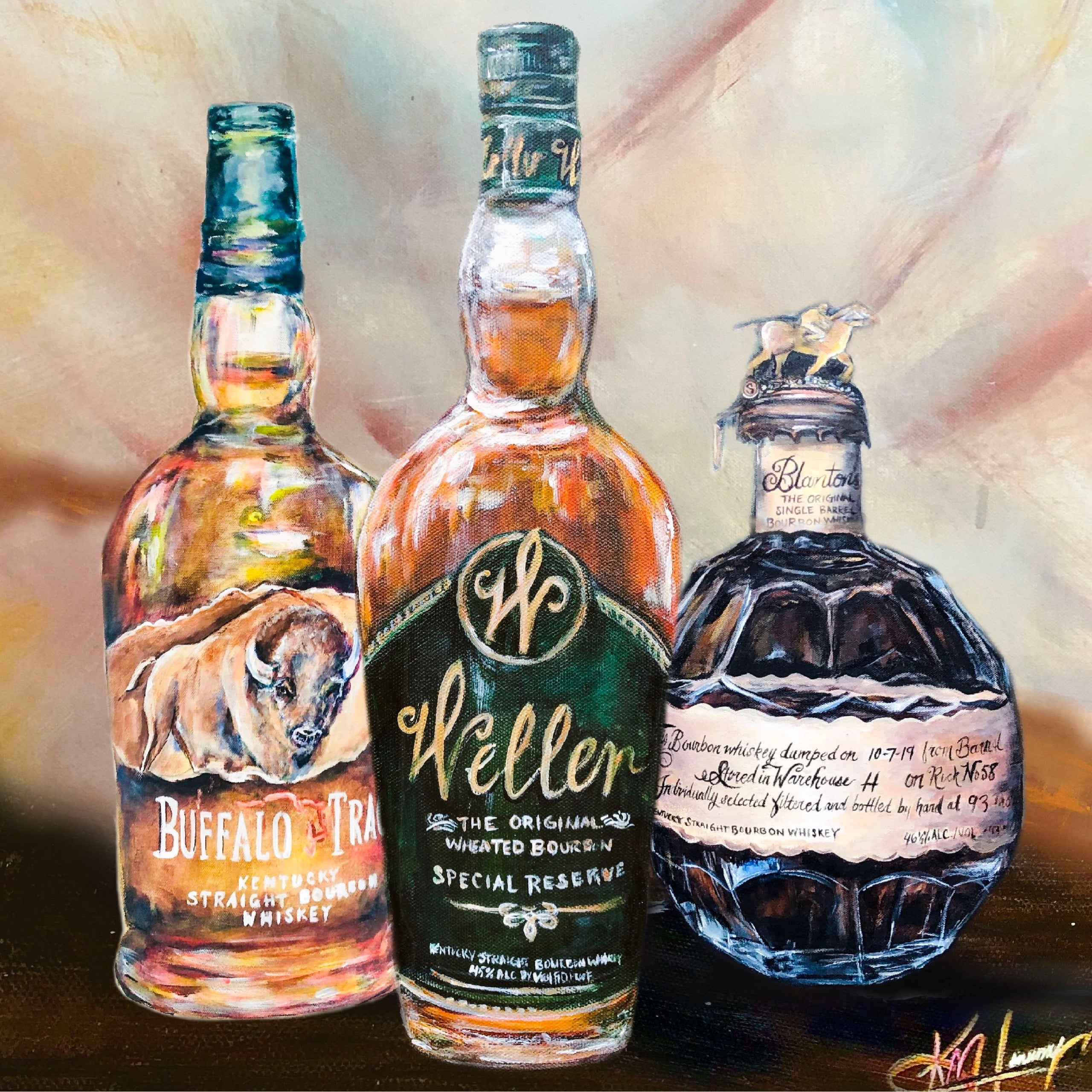Introducing the Beauty of Bourbon Art: A Tribute to Craft Distillers
Introducing the Beauty of Bourbon Art: A Tribute to Craft Distillers
Blog Article
Recording the Significance of Whiskey Art Via Unique Visual Representations and Designs
The art of whiskey extends beyond the liquid itself, materializing via a selection of graphes that envelop its storied heritage and craftsmanship. From the thorough layout of labels that convey brand narratives to evocative photography that records the spirit's attraction, each creative expression offers to boost the customer's journey. As the market welcomes modern fads, the dialogue surrounding these depictions ends up being complicated and increasingly rich, meaning deeper connections between society and creative thinking. What remains to be uncovered is just how these evolving designs mirror not just the scotch itself however likewise the altering landscape of creative analysis.
The Background of Scotch Art

As whiskey manufacturing spread, so too did the need to boost its experience via art. From the elaborate inscriptions on very early casks to the sophisticated tags of modern bottles, each component reflects an one-of-a-kind artistic vision, acting as a visual narrative of the scotch's heritage.
In the 18th and 19th centuries, the surge of the commercial change better boosted bourbon art, resulting in cutting-edge product packaging and advertising and marketing that captured consumer focus. Artists and designers began exploring with aesthetics, imbuing whiskey-related imagery with symbolic definitions that conveyed ideas of craftsmanship, area, and tradition.
Today, scotch art remains to evolve, mixing typical approaches with contemporary art forms. Limited Edition. This continuous dialogue in between the spirit and its visual depiction underscores the enduring bond between scotch and culture, enriching the total experience for enthusiasts worldwide
Iconic Bottle Styles
While many aspects add to the attraction of bourbon, famous container layouts play a critical duty fit customer perception and enhancing the general experience. The aesthetic discussion of bourbon bottles is not just an aesthetic consideration; it functions as a bridge between the consumer and the item, stimulating feelings and establishing assumptions.
Distinct shapes, products, and closures can boost a scotch brand name's identification, making it immediately identifiable on congested shelves. For circumstances, the classic Glenfiddich container, with its classy tapered shape, communicates a feeling of custom and workmanship, while the vibrant, modern design of the Balvenie bottle mirrors innovation and class. In addition, making use of tinted glass or one-of-a-kind textures can recommend the quality and character of the bourbon within.
Legendary styles usually integrate aspects of social heritage, representing the brand name's background and link to its origins. Brands like Jack Daniel's use an uncomplicated, durable design that reverberates with its American bourbon heritage. Ultimately, the influence of container layout extends past mere capability; it envelops the significance of the brand name, inviting customers to explore and delight in the abundant tapestry of whiskey society.
Label Art Work and Branding
Container designs commonly set the phase wherefore customers can anticipate, however label art work and branding play a similarly considerable duty in communicating a scotch's identification. The label works as the very first point of call between the product and the customer, encapsulating the significance of the bourbon within its visual components.
Effective tag art work integrates imagery, shade, and typography to produce a story that reverberates with the brand's heritage and target market. For instance, a tag including intricate pictures and vintage font styles might stimulate a feeling of tradition and workmanship, interesting lovers. In contrast, vibrant colors and modern design aspects might attract a younger market seeking technology and exhilaration.


Digital Photography and Visual Storytelling
Recording the essence of whiskey via photography and aesthetic storytelling is an art form that elevates the brand experience. This tool transcends plain item representation, diving into the detailed stories that border each bottle. By using compelling imagery, digital photographers can stimulate feelings that reverberate with customers, ultimately forging a deeper link to the whiskey brand.
Visual storytelling in bourbon digital photography commonly utilizes abundant textures, lighting, and composition to highlight the special attributes of the spirit. The interaction of light and darkness can emphasize the brownish-yellow shades of bourbon, while the option of history elements-- such as rustic barrels or classy glasses-- can strengthen the brand name's heritage or lifestyle organizations.
In addition, recording recommended you read the ceremonial aspects of bourbon consumption, from the putting to the sampling, welcomes audiences right into a sensory experience, enabling them to visualize the flavors and scents that await. Each photograph not just showcases the product however also narrates of workmanship, tradition, and the moments that scotch can improve - Realism Art. Thus, photography ends up being a powerful device in verbalizing the identity of bourbon brands, placing them within the broader cultural landscape
Emerging Patterns in Bourbon Art
The development of whiskey art is progressively formed by modern fads that show wider social changes and consumer preferences. This shift not just highlights the value of sustainability yet additionally enhances the story surrounding whiskey manufacturing.
In addition, digital art has surged in popularity, enabling ingenious representations of scotch. Artists are leveraging technology to craft immersive experiences, such as augmented fact installations that engage visitors and provide a much deeper understanding of bourbon's cultural value. This trend additionally reaches social networks platforms, where visually striking web content amasses attention and promotes neighborhood among enthusiasts.
In addition, collaborations between scotch brand names and artists are becoming extra typical. These partnerships yield limited-edition product packaging styles and special art work that commemorate both the craftsmanship of bourbon and the creative thinking of artists. As whiskey art remains to progress, these arising trends will undoubtedly form its future, cultivating a dynamic junction of society, sustainability, and innovation within the whiskey community.
Conclusion
In verdict, the art of bourbon includes a varied variety of graphes that mirror its abundant heritage and workmanship. From iconic container designs and detailed label artwork to engaging photography, each element adds to a broader narrative that enhances the customer's experience. As emerging patterns, such as digital art and sustainability, remain to form this creative landscape, the multifaceted identity of bourbon continues to be an enduring source of social link and exploration.
In conclusion, the art of bourbon includes a varied array of visual representations that show its abundant heritage and craftsmanship.
Report this page